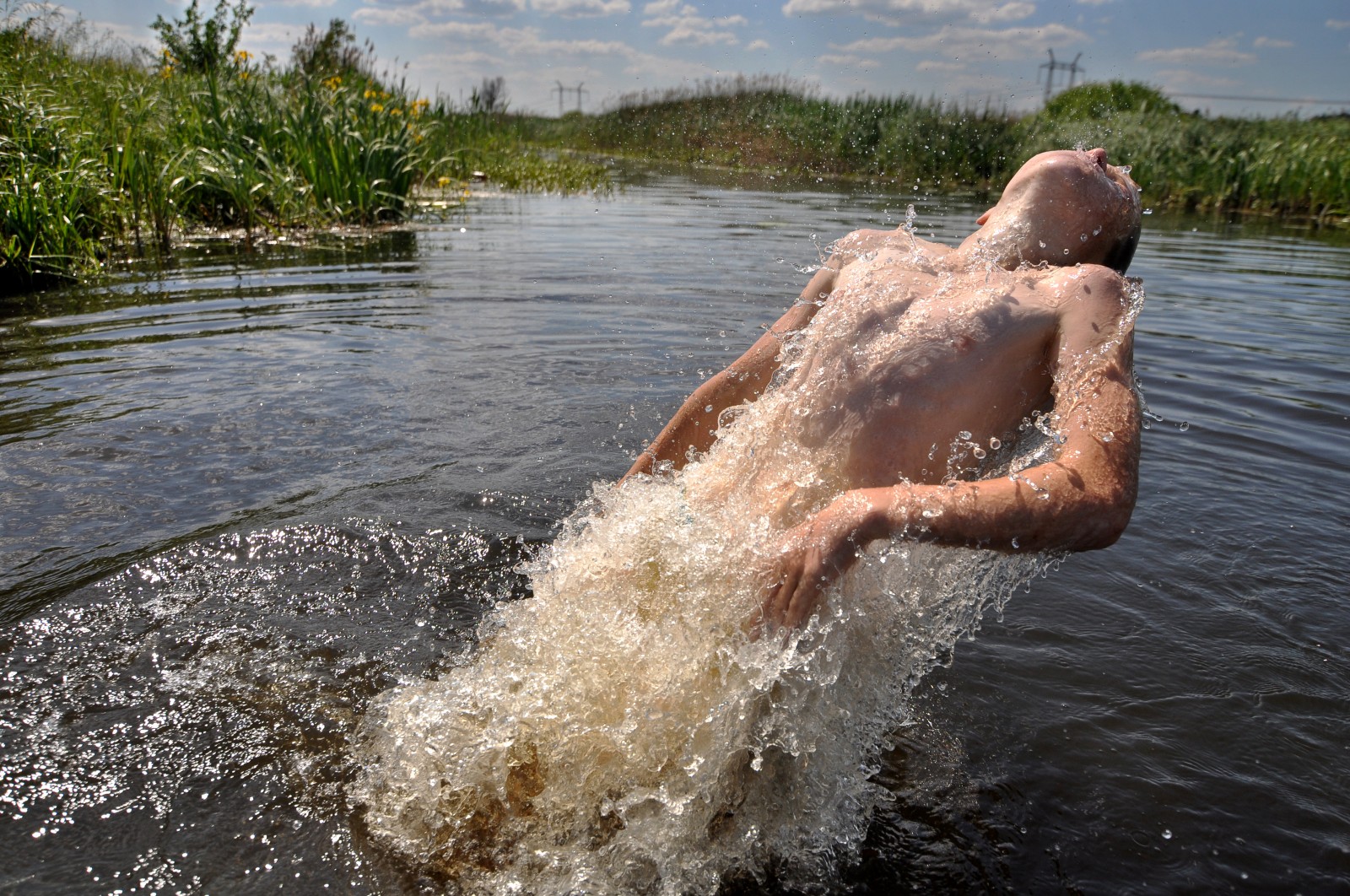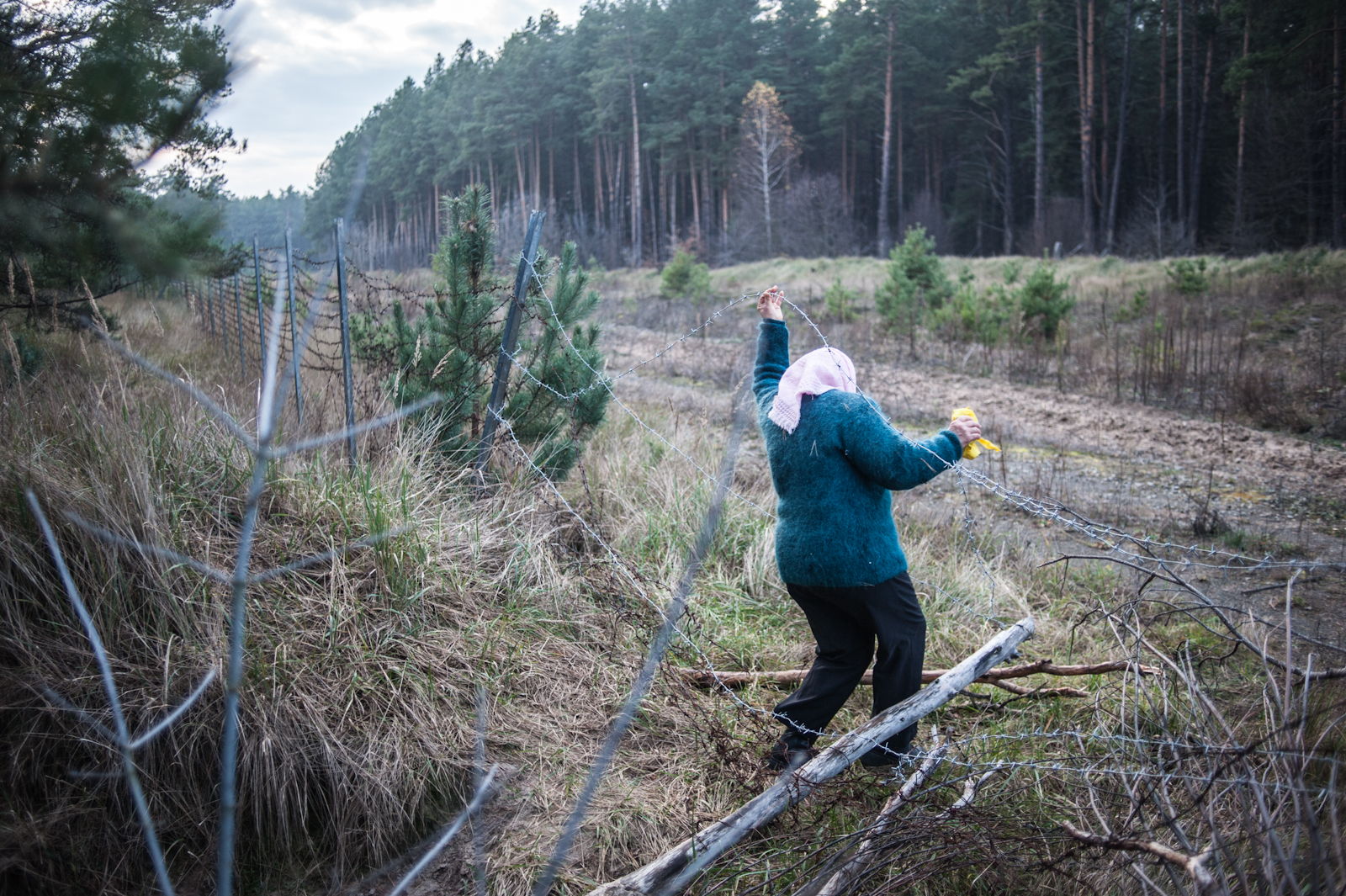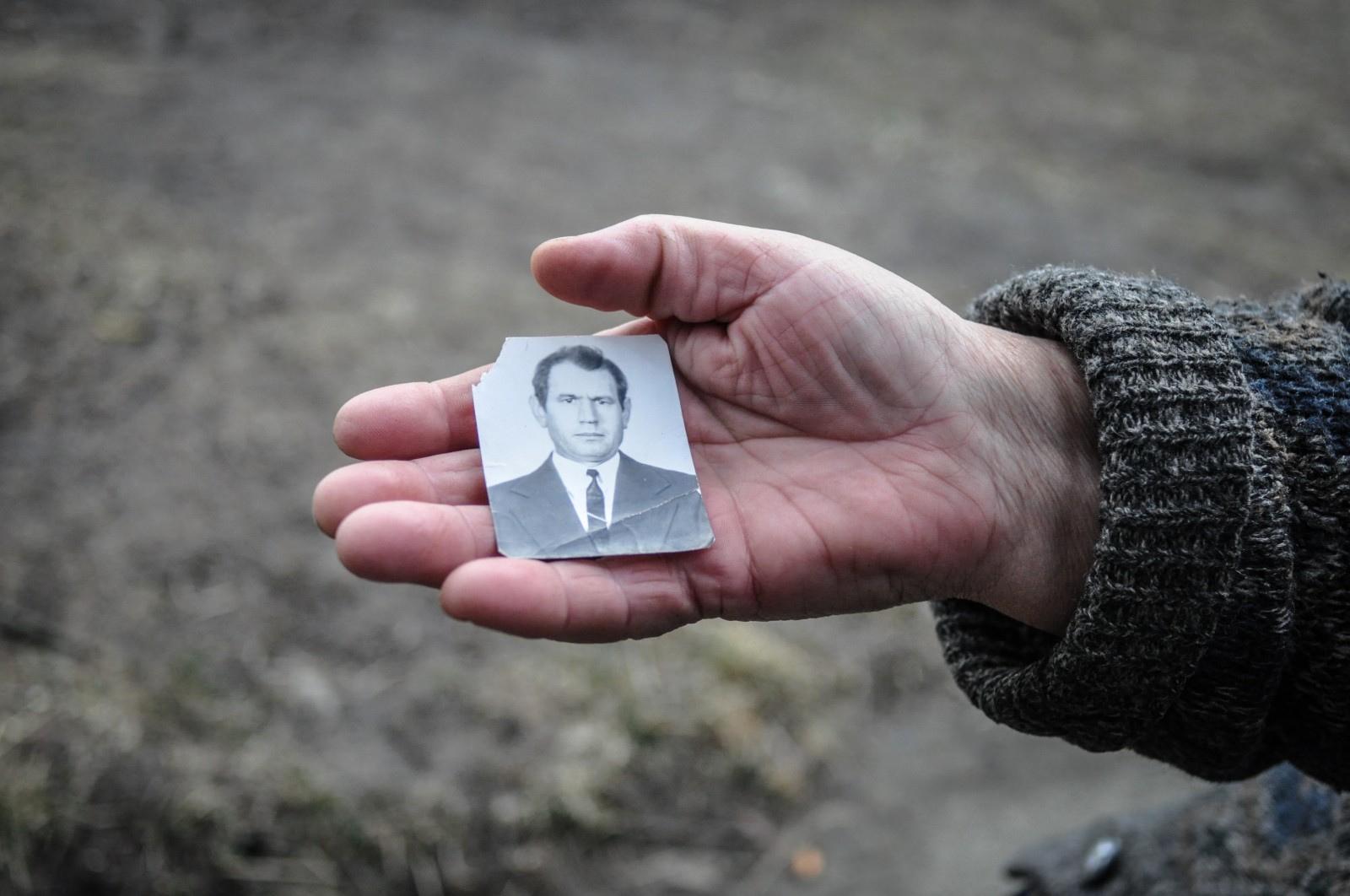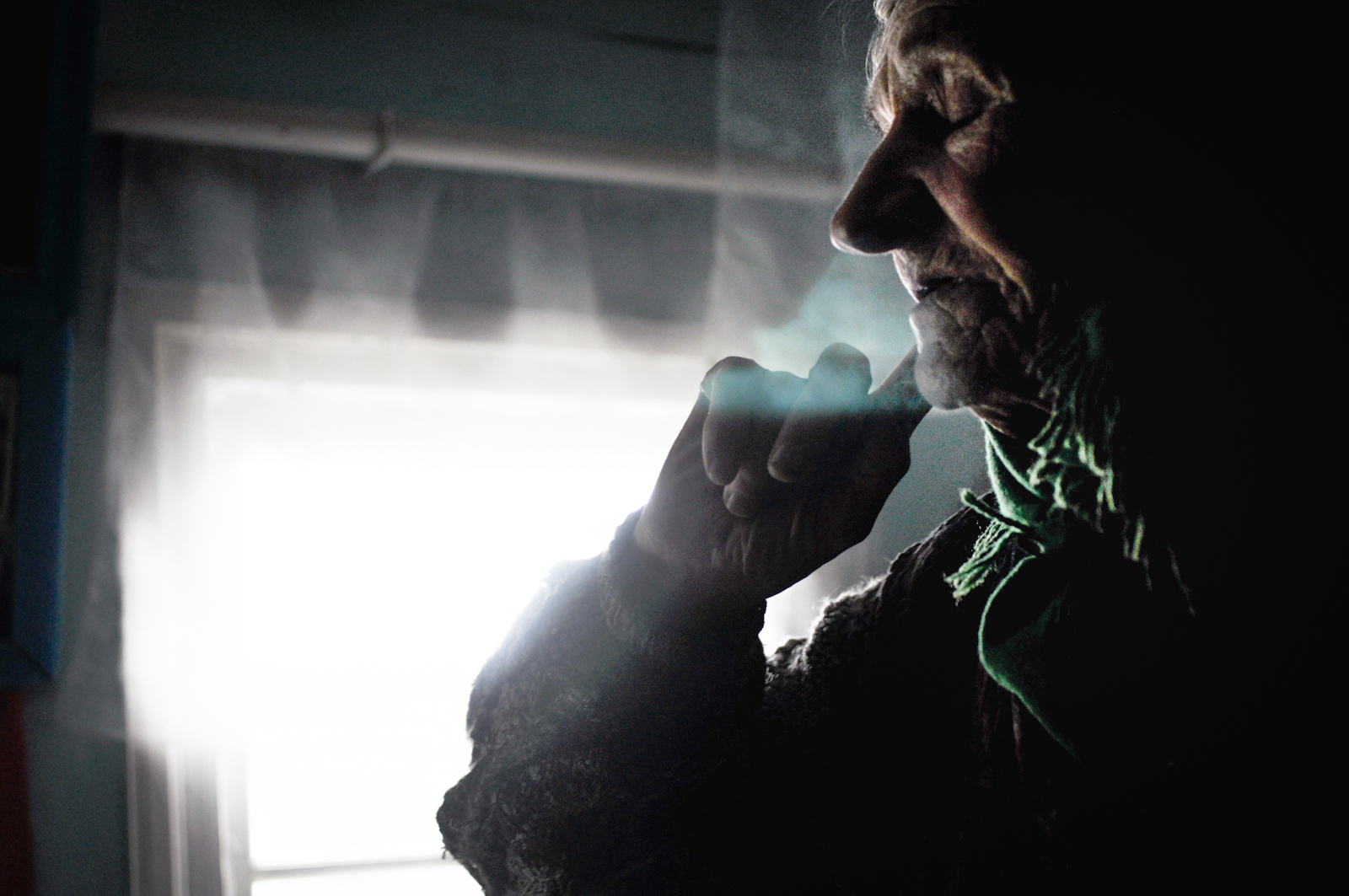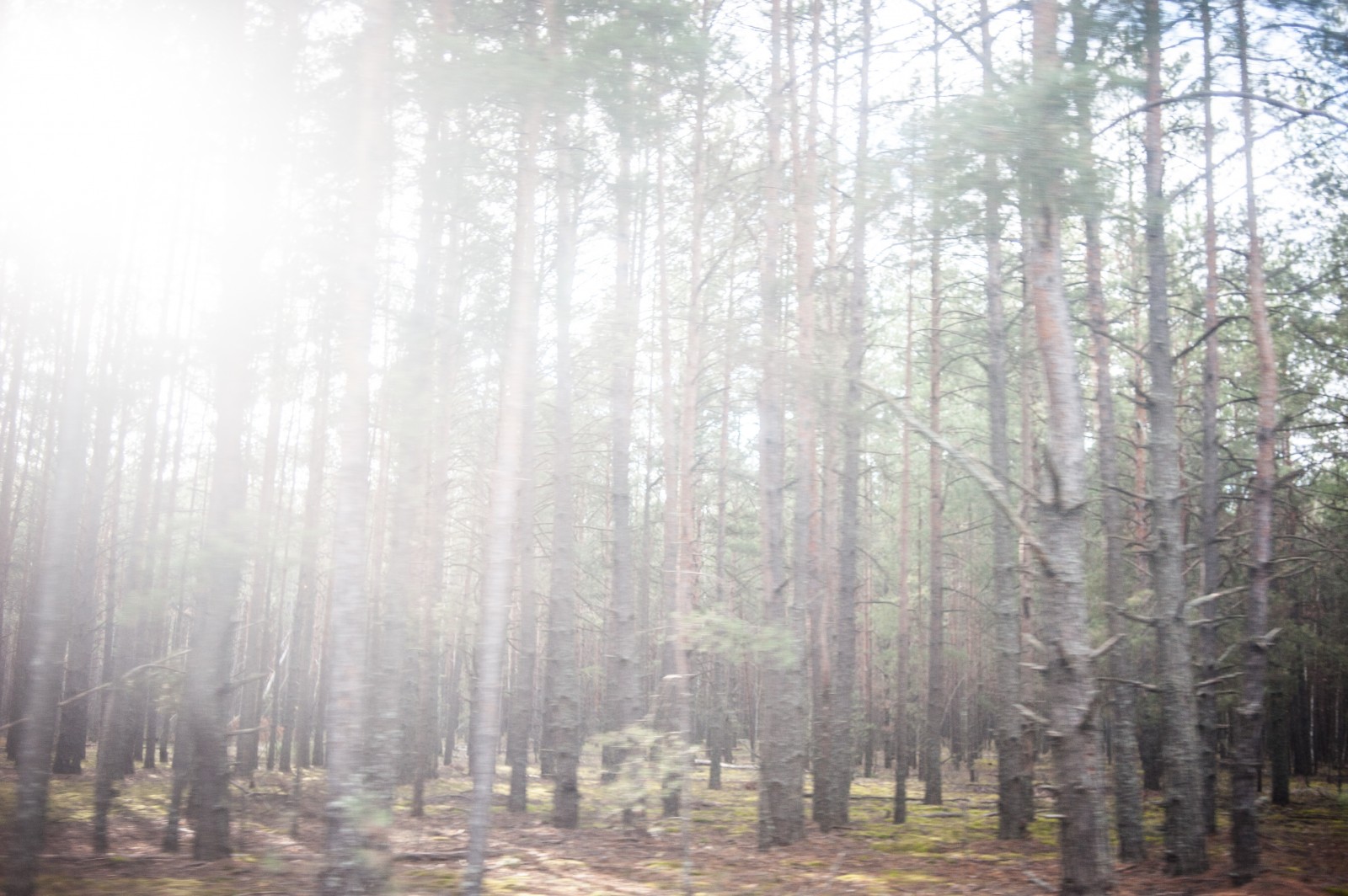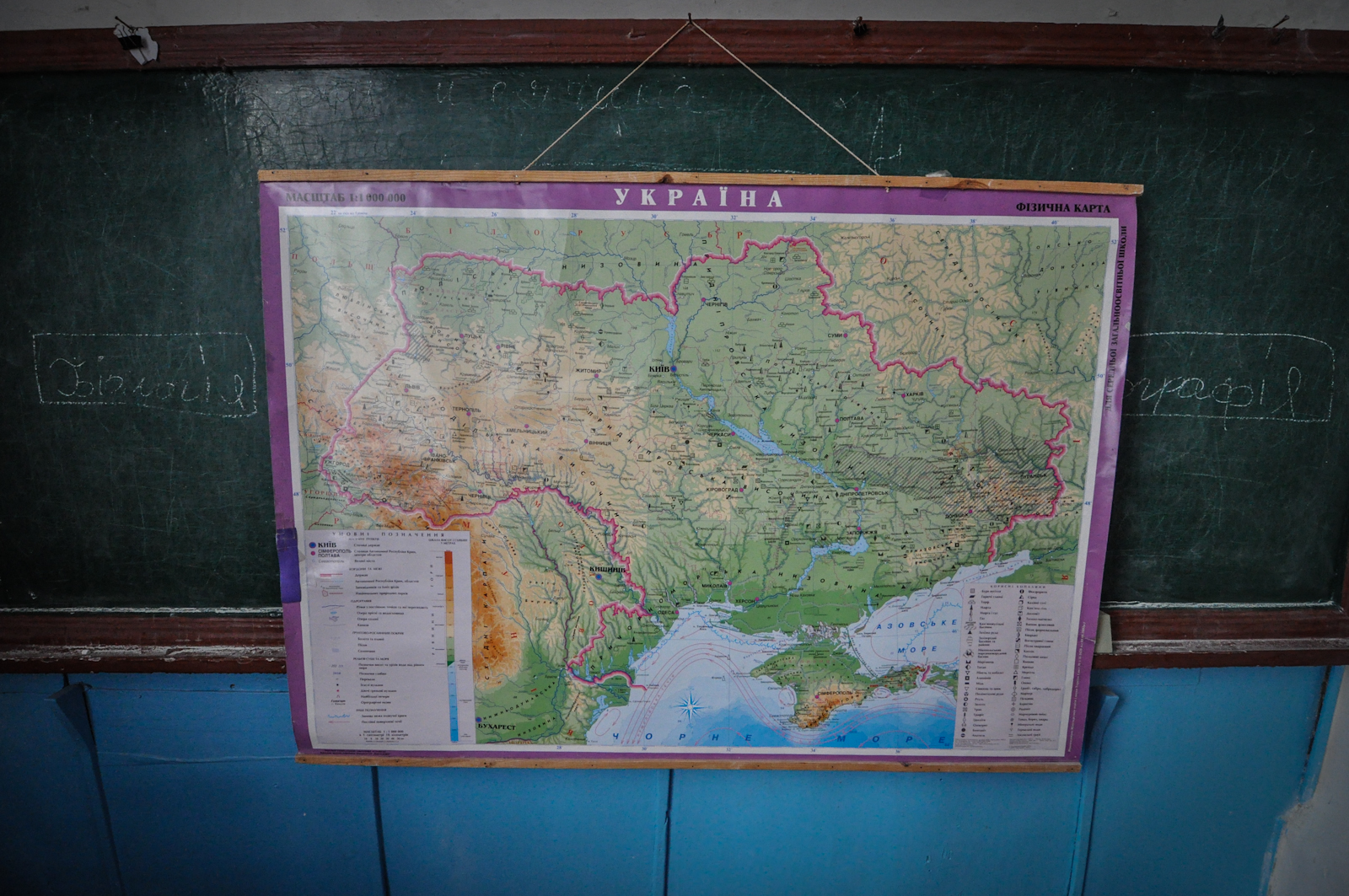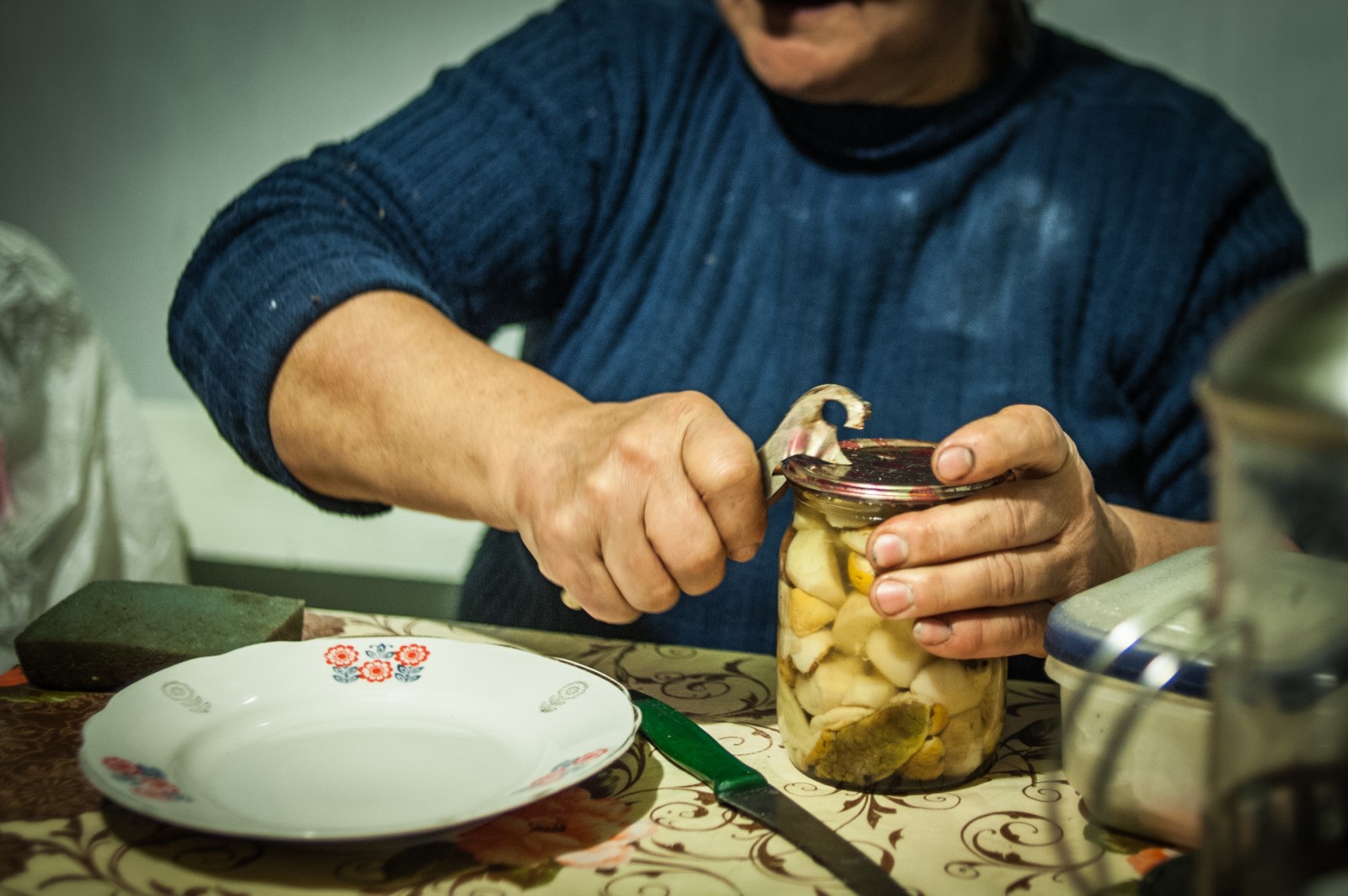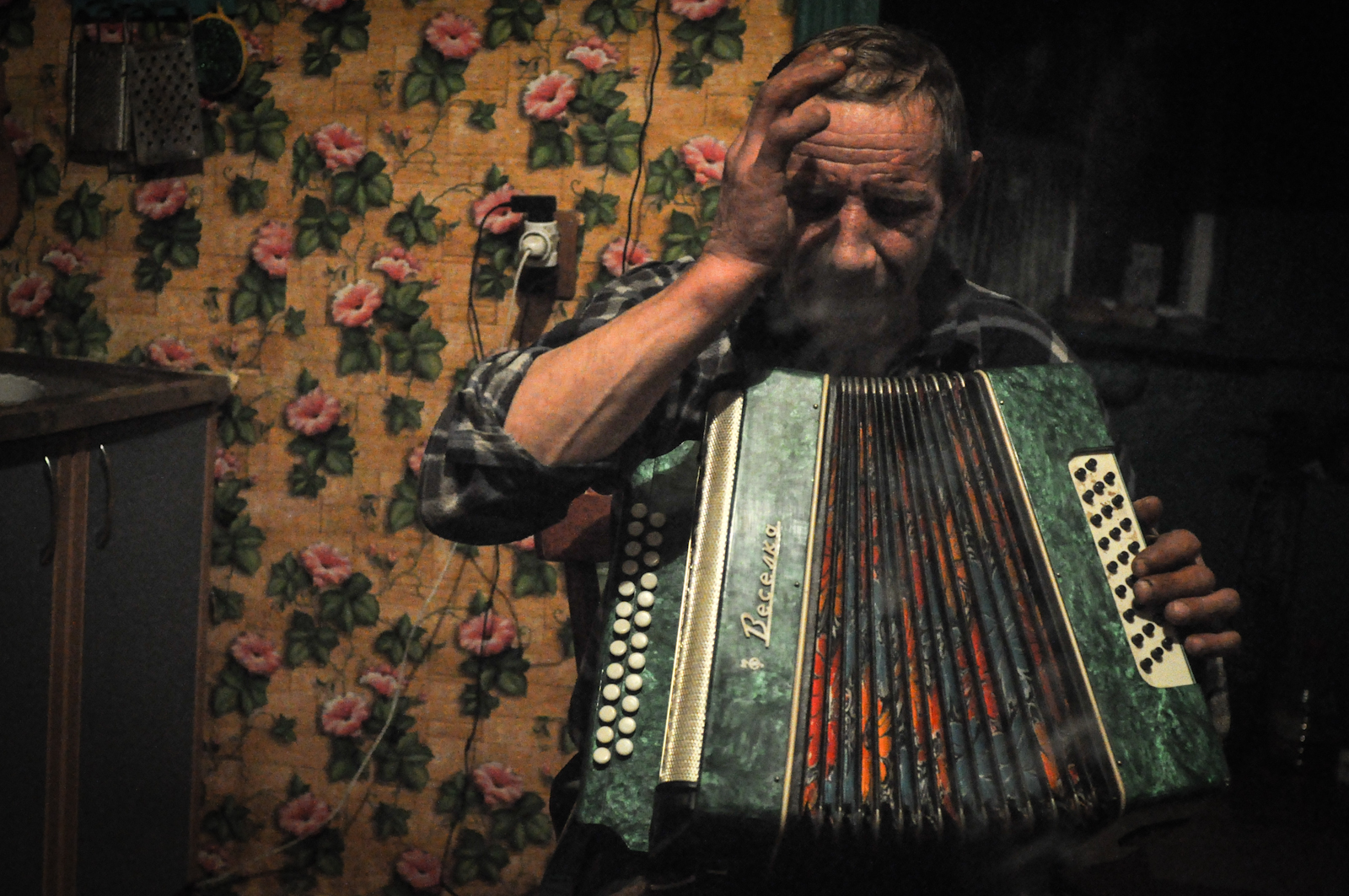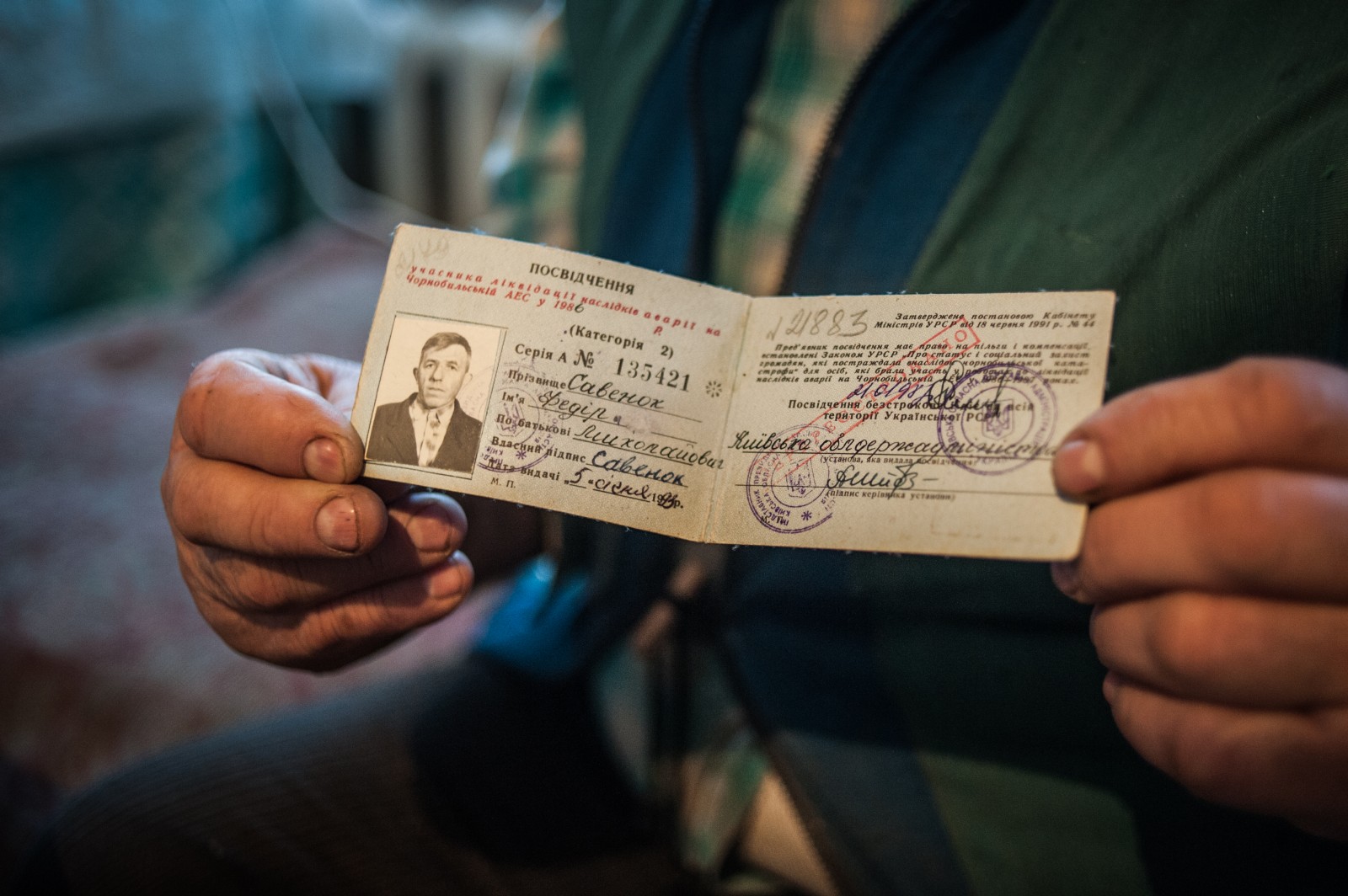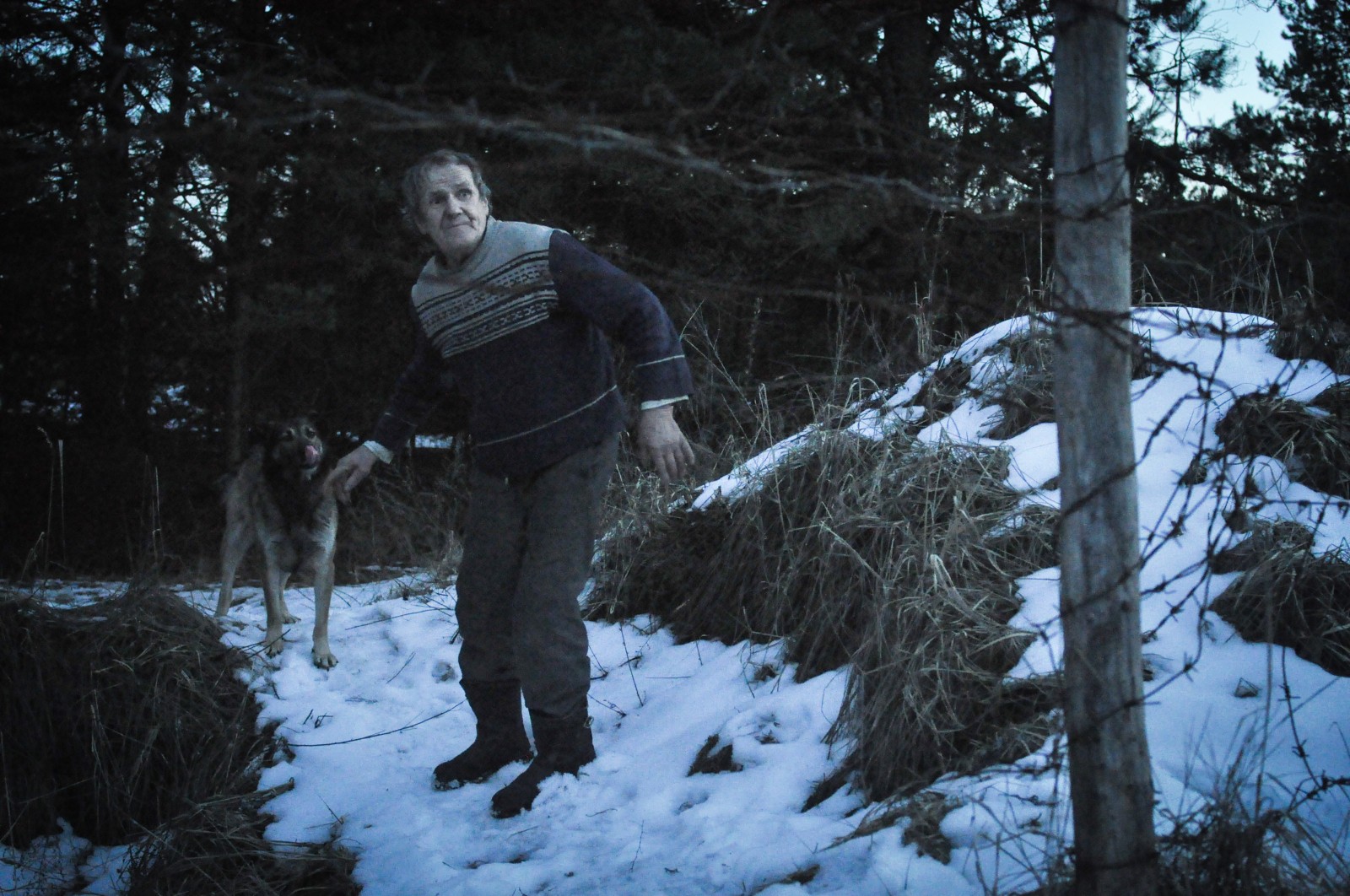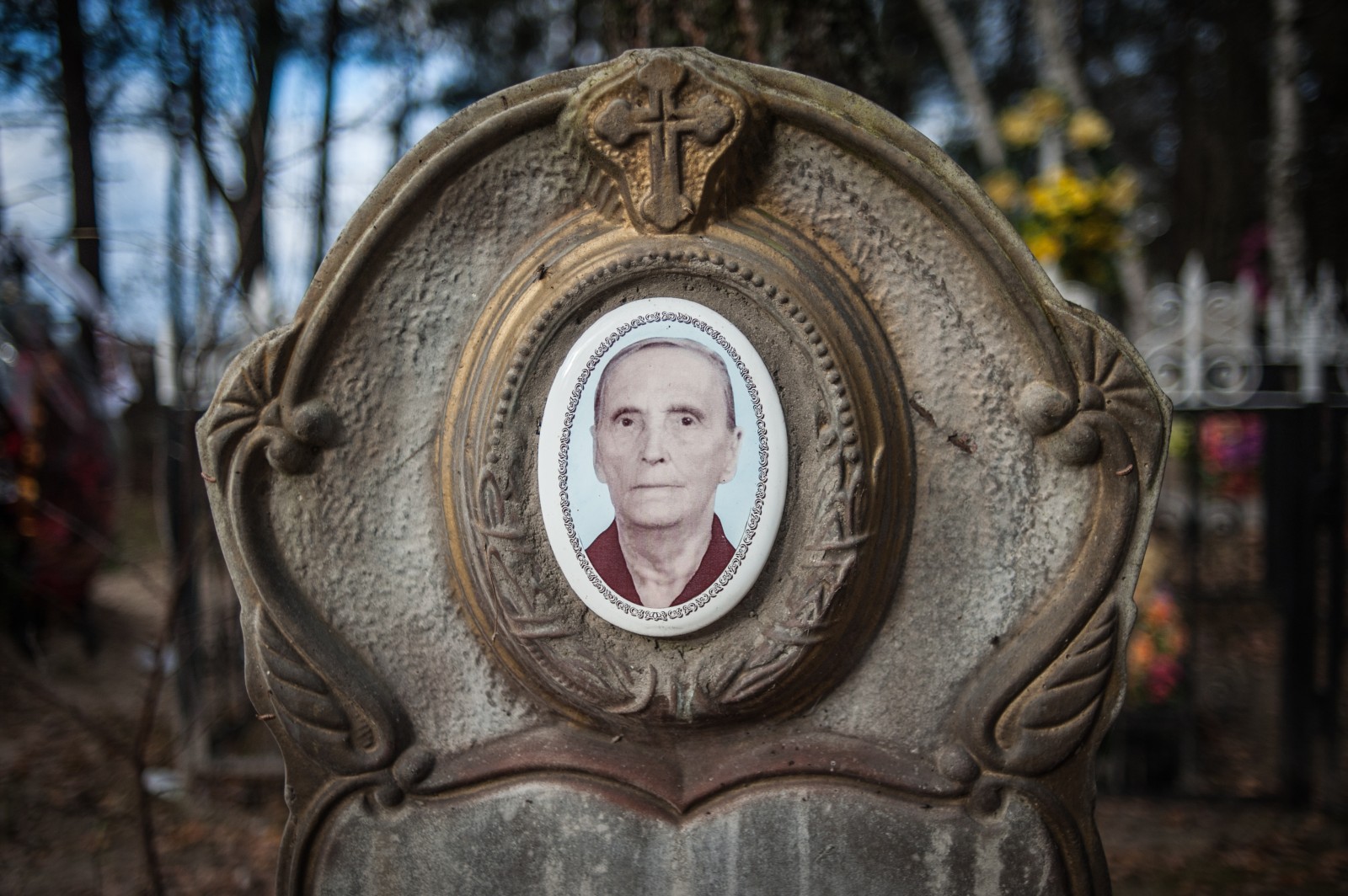In 1986 a huge nuclear explosion in the USSR lead to the contamination of vast areas of Eastern Europe and the evacuation of a huge areas of Ukraine, Belarus and Russia displacing over 350,000 people and killing untold thousands. This photo project is a look into the lives of those who continued living on the edge of the Chernobyl Exclusion Zone.
“This is War without War” explained Olga, who lives just walking distance from the barbed-wire fence that surrounds Chernobyl’s nuclear ‘Exclusion Zone’ in Ukraine. No one understands this place like those who live with it, who toil in its soil and navigate its forbidden forests.“We are like bugs on a potato” explained one local resident, “These bugs are not afraid of anything and nor are we, if you try to kill them – they are still alive, and we are the same”The invisible presence of radiation haunts this landscape like an unanswered question: Soviet radiation with post-Soviet half-lives. Those who live with it embody the world’s worst nuclear disaster, exposed not only to the unseen spectre of radiation, but also to a State that has abandoned them. Forgotten by the government, people in Chernobyl can rely only on themselves for survival, and a deeply felt knowledge of the place they call home.This project is based on four years of in-depth ethnographic research among communities who dwell in the shadow of the word’s worst nuclear tragedy. Over the years I was invited into people’s homes to eat their homegrown food and share bottles of ‘samagon’ vodka – learning about the lived reality of life after nuclear disaster.
These photographs – no more than a glimpse into a post-atomic landscape – would not have been possible without the kindness of those I met.
